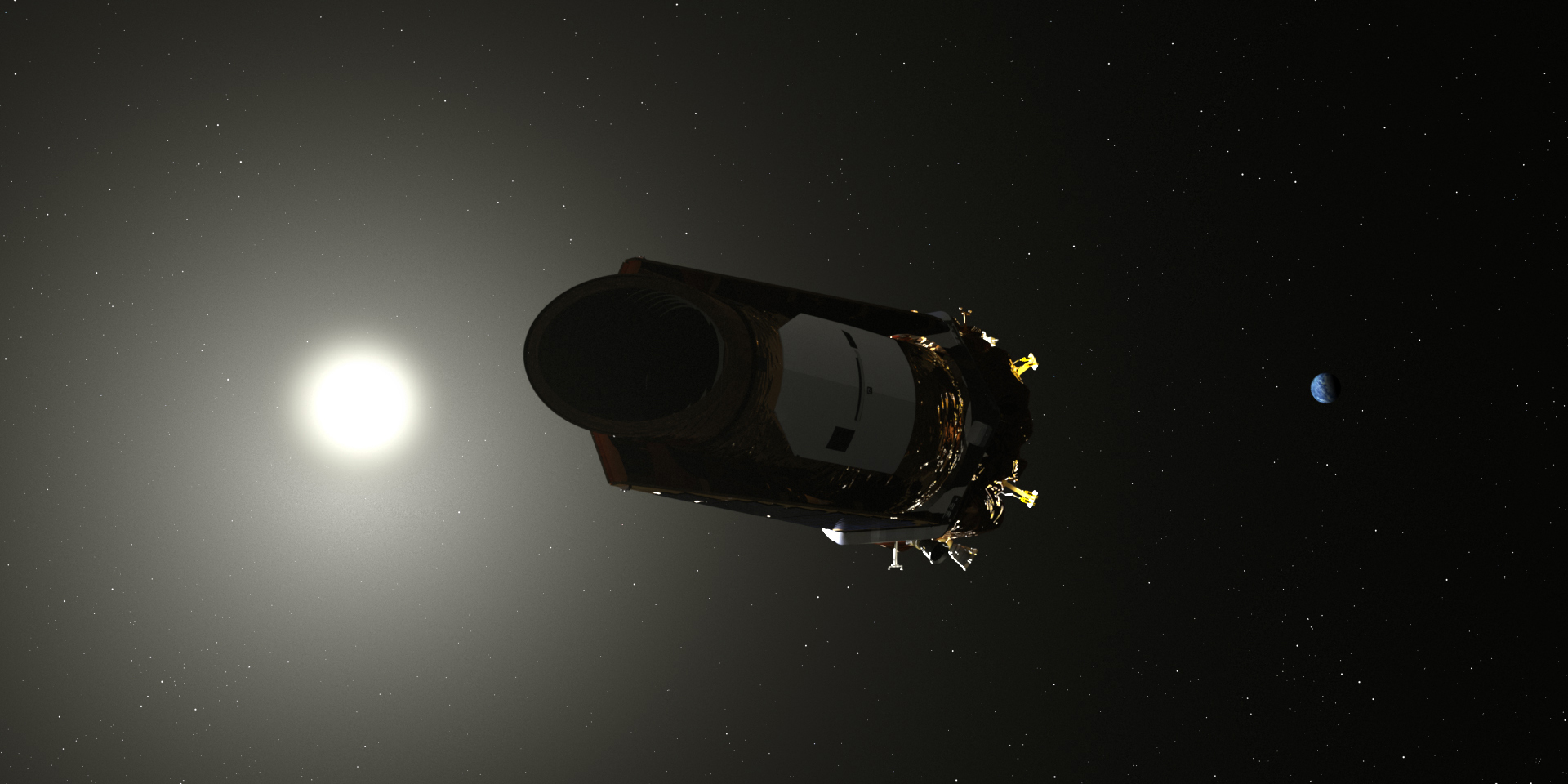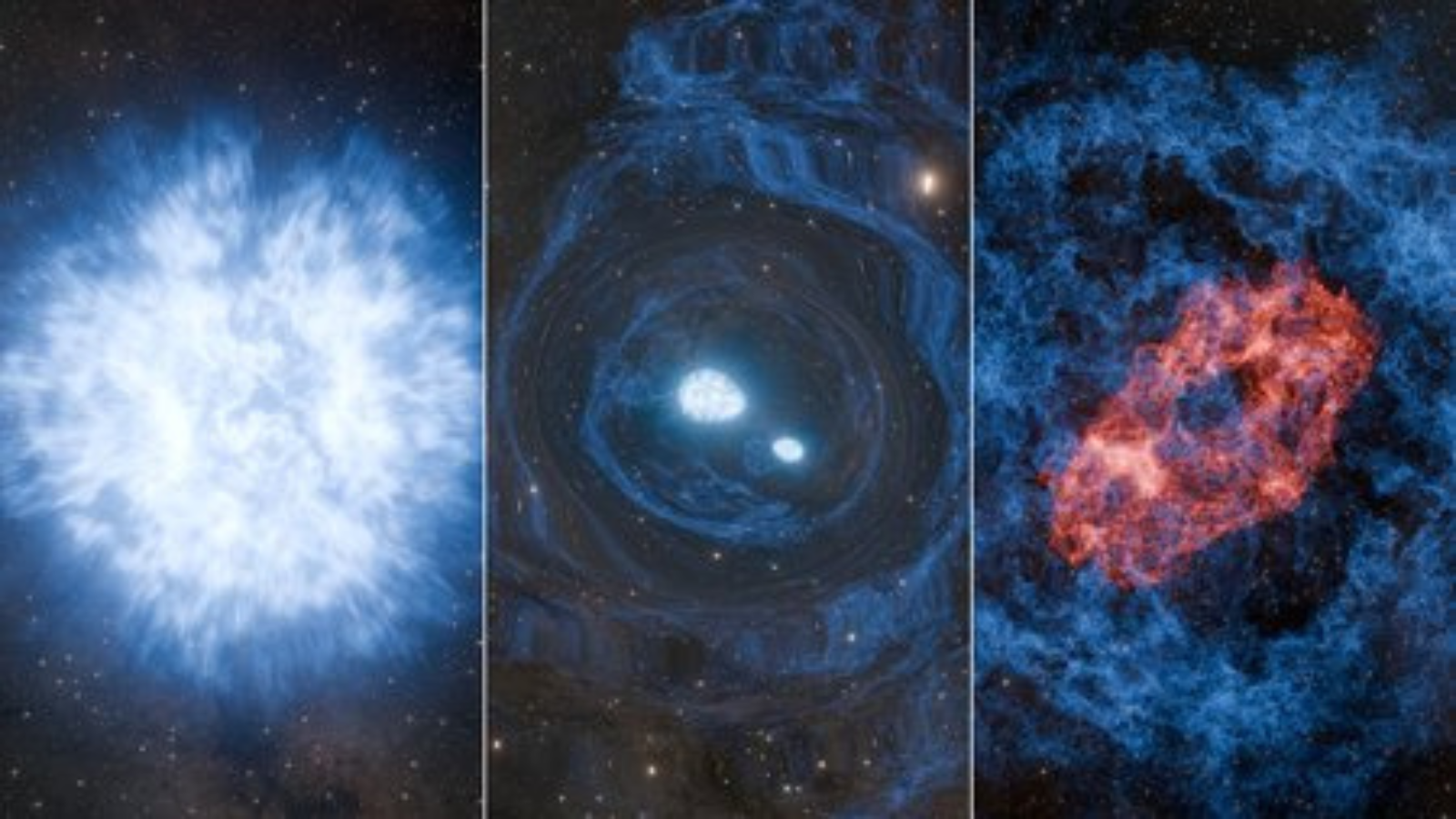NASA to Provide Update on Fate of Kepler Spacecraft Today: See It Live

NASA has known that the Kepler spacecraft, its iconic planet-hunting telescope, has been running out of fuel since March, and today (Oct. 30), the agency is providing an update about the instrument's status.
The news conference will begin at 3 p.m. EDT (1900 GMT), and you can watch it live at Space.com, courtesy of NASA TV.
According to the most recent NASA announcement, which was released on Oct. 23, the Kepler Space Telescope had gone offline just a few days after beginning a new observing campaign.
Recently, scientists have been putting the instrument to sleep partway through observation sessions in order to ensure it has enough fuel to send that information home. It was unclear in last week's announcement whether the most recent sleep mode had been triggered on purpose or was the spacecraft's response to a problem.
NASA has gathered a team of five Kepler experts for today's news conference, including Paul Hertz, who is head of the astrophysics division at NASA, and William Borucki, who initiated the Kepler project and has since retired.
The event will also feature Padi Boyd, who is project scientist at NASA for Kepler's scientific successor, the Transiting Exoplanet Survey Satellite (TESS). TESS launched in April and has already identified its first two exoplanet candidates.
The Kepler Space Telescope launched in 2009 and has been at work spotting exoplanets ever since by staring at stars and measuring the tiny dips in brightness caused by planets sneaking between the star and the telescope.
Breaking space news, the latest updates on rocket launches, skywatching events and more!
In 2014, after mechanical problems with the telescope, the instrument switched from focusing on one particular patch of the sky to hopping among different areas in what the team dubbed the K2 mission. Over the course of both missions to date, scientists have used Kepler data to identify more than 2,600 confirmed exoplanets.
Email Meghan Bartels at mbartels@space.com or follow her @meghanbartels. Follow us @Spacedotcom and Facebook. Original article on Space.com.

Meghan is a senior writer at Space.com and has more than five years' experience as a science journalist based in New York City. She joined Space.com in July 2018, with previous writing published in outlets including Newsweek and Audubon. Meghan earned an MA in science journalism from New York University and a BA in classics from Georgetown University, and in her free time she enjoys reading and visiting museums. Follow her on Twitter at @meghanbartels.
